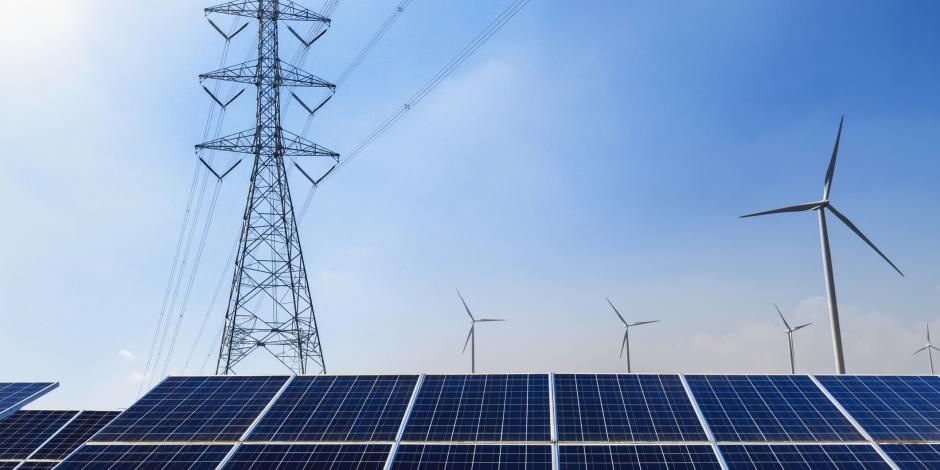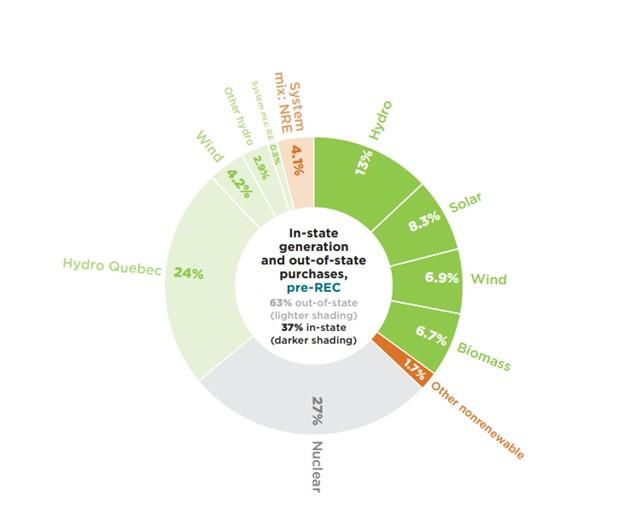
By Brian Gray
The latest advances in home efficiency and automobile technology such as heat pumps and electric vehicles rely on the use of electricity instead of fossil fuel. Many individuals and businesses who consider transitioning to these new technologies are paying attention to what effect increased demand for electricity will have on the way we generate and deliver electricity.
The term Electrification refers to the process of replacing technologies that use fossil fuels (coal, oil, propane, and natural gas) with technologies that use electricity as a source of energy. Depending on the resources used to generate electricity, electrification can potentially reduce carbon dioxide (CO₂) emissions from the transportation, building, and industrial sectors, which currently account for 63 percent of all US greenhouse gas emissions.
The bottom line is, if you increase your electricity use and your electricity is generated at a power plant using fossil fuel, electrification is not reducing CO₂ emissions, so the net gain is not necessarily better for the environment.
Vermont has had rules in place since 2017 to work towards incorporating more renewable energy onto our electric grid. The Vermont Renewable Energy Standard (RES) requires utilities to meet certain goals. Specifically, by 2032, electric utilities must:
- Meet 75% of sales with renewable energy
- Meet 10% of sales with distributed generation
- Meet 12% of sales with energy transformation projects
As of 2019, Vermont utilities had significantly reduced emissions by utilizing a portfolio with limited fossil fuel consumption. As reported by the Energy Action Network (EAN) in its 2020/2021 Annual Progress Report over 35% of Vermont's Electricity is produced in state by Hydro, Solar, Wind and Biomass and of the remaining power purchased from out of state is 89% generated by Hydro, Wind, and Nuclear all as displayed in the following graph:

Vermont's electricity consumption is 94%–95% carbon-free and less than 6% fossil fuel. So, when deciding to electrify you can be confident that the current mix of electricity you will consume is very low in carbon and in many cases is renewable and produced right here in Vermont.
Of course, the best way for individuals to make sure they are contributing to the new renewable electrification future is to consider a solar installation and generate net metered solar power that is 100% carbon free in their own backyard.
